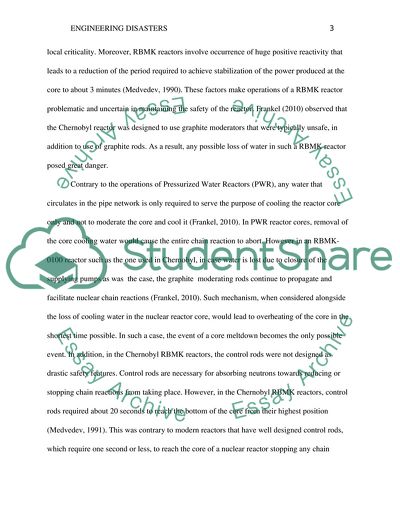Cite this document
(Engineering Disasters Essay Example | Topics and Well Written Essays - 1500 words - 1, n.d.)
Engineering Disasters Essay Example | Topics and Well Written Essays - 1500 words - 1. https://studentshare.org/engineering-and-construction/1804132-investigate-the-root-causes-of-major-engineering-disasters-that-have-occurred-since-1800
Engineering Disasters Essay Example | Topics and Well Written Essays - 1500 words - 1. https://studentshare.org/engineering-and-construction/1804132-investigate-the-root-causes-of-major-engineering-disasters-that-have-occurred-since-1800
(Engineering Disasters Essay Example | Topics and Well Written Essays - 1500 Words - 1)
Engineering Disasters Essay Example | Topics and Well Written Essays - 1500 Words - 1. https://studentshare.org/engineering-and-construction/1804132-investigate-the-root-causes-of-major-engineering-disasters-that-have-occurred-since-1800.
Engineering Disasters Essay Example | Topics and Well Written Essays - 1500 Words - 1. https://studentshare.org/engineering-and-construction/1804132-investigate-the-root-causes-of-major-engineering-disasters-that-have-occurred-since-1800.
“Engineering Disasters Essay Example | Topics and Well Written Essays - 1500 Words - 1”. https://studentshare.org/engineering-and-construction/1804132-investigate-the-root-causes-of-major-engineering-disasters-that-have-occurred-since-1800.


